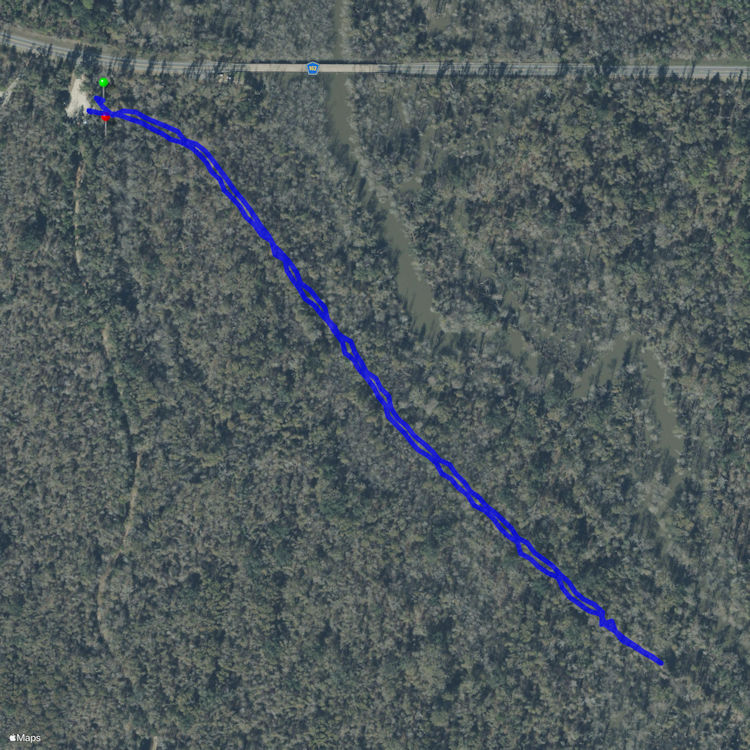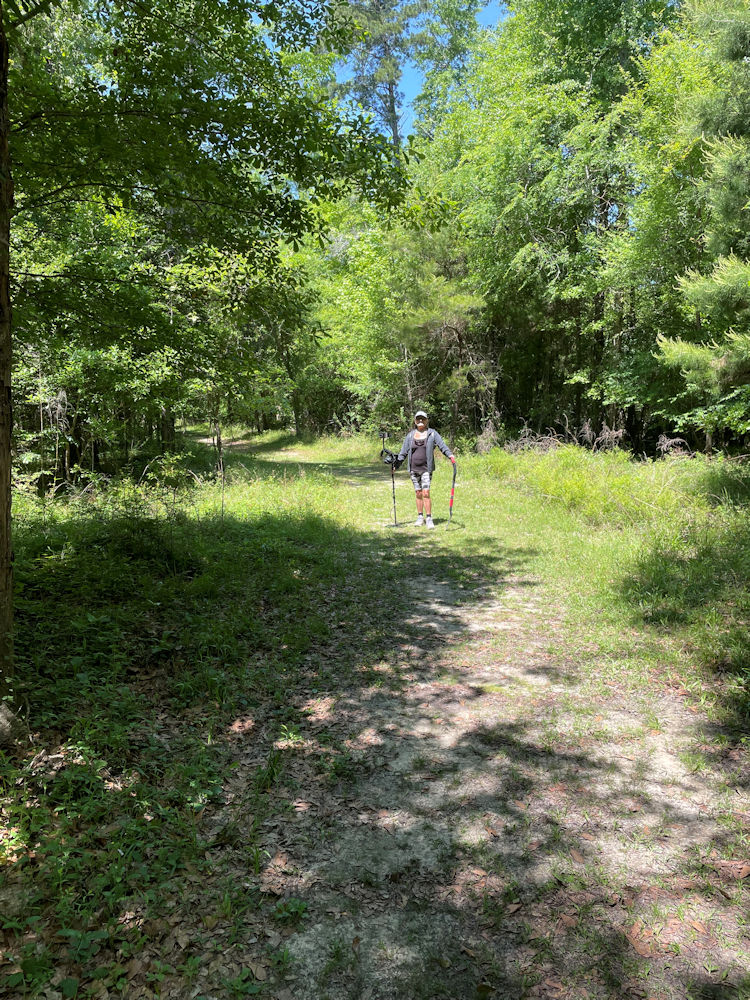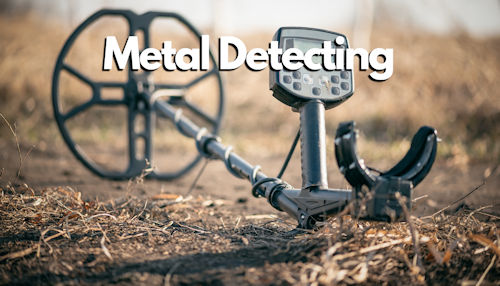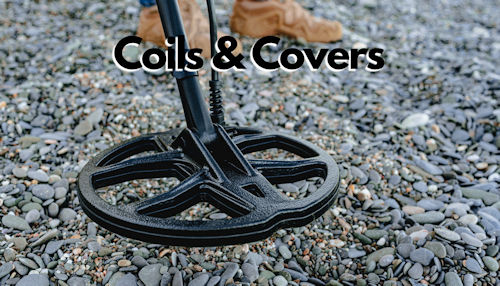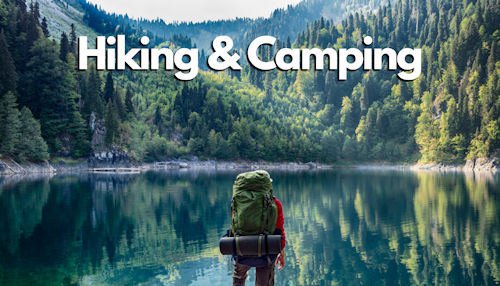Bellamy Bridge Heritage Trail
Quote from Big D on April 7, 2025, 5:28 pm
From I-10 take US231 North to Jacob Rd and go east (make a right). Heritage Trail is about 2 miles on your right just before the bridge that crosses the Chipola River.
Head out on this 1.1-mile out-and-back trail near Marianna, Florida. Generally considered an easy route, it takes an average of 19 min to complete. This trail is great for hiking and walking, and it's unlikely you'll encounter many other people while exploring. The best times to visit this trail are January through May. Dogs are welcome, but must be on a leash. The Bellamy Bridge Heritage Trail is a 0.5 mile nature trail following a historic road first used by the Spanish in 1686. This trail has its own ghost. The Bellamy Bridge Heritage Trail gives the hiker a chance to explore a Florida Floodplain Swamp and the upper Chipola River. Being in a floodplain, the area is subject to flooding and one should call Jackson County Parks Department at: (850) 718-0437. If you are lucky, you may see a wild hog or alligator. Make sure you bring bug spray
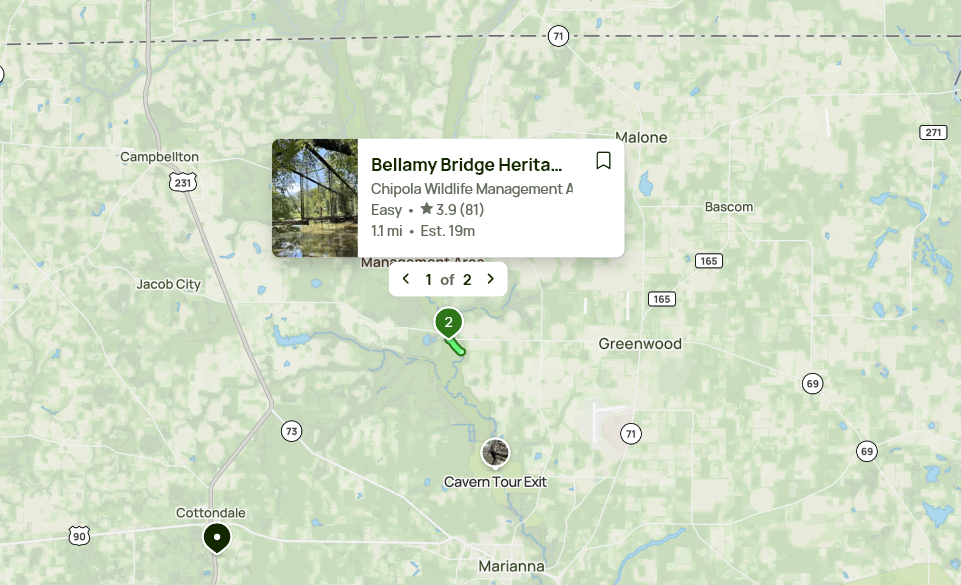
From I-10 take US231 North to Jacob Rd and go east (make a right). Heritage Trail is about 2 miles on your right just before the bridge that crosses the Chipola River.
Head out on this 1.1-mile out-and-back trail near Marianna, Florida. Generally considered an easy route, it takes an average of 19 min to complete. This trail is great for hiking and walking, and it's unlikely you'll encounter many other people while exploring. The best times to visit this trail are January through May. Dogs are welcome, but must be on a leash. The Bellamy Bridge Heritage Trail is a 0.5 mile nature trail following a historic road first used by the Spanish in 1686. This trail has its own ghost. The Bellamy Bridge Heritage Trail gives the hiker a chance to explore a Florida Floodplain Swamp and the upper Chipola River. Being in a floodplain, the area is subject to flooding and one should call Jackson County Parks Department at: (850) 718-0437. If you are lucky, you may see a wild hog or alligator. Make sure you bring bug spray
Quote from Big D on April 12, 2025, 2:43 pmMade it down to Bellamy Bridge Heritage Trail this morning. Very nice hike. Skies were blue, clear, about 70 degrees. Didn't make it down to the bridge due to flooding so we did the 1 mile track. No significant finds, the AT Pro was mostly quiet. Will probably do this again in the near future.
Made it down to Bellamy Bridge Heritage Trail this morning. Very nice hike. Skies were blue, clear, about 70 degrees. Didn't make it down to the bridge due to flooding so we did the 1 mile track. No significant finds, the AT Pro was mostly quiet. Will probably do this again in the near future.
Uploaded files:
Quote from Big D on April 21, 2025, 10:58 pmHistory of Bellamy Bridge
During the First Seminole War of 1817-1818, the people of the
Lower Creek town of Ekanachatte used the area along the west
side of the Chipola River as a hiding place for both themselves
and their livestock. Their primary town was to the east at Neal's
Landing on the Chattahoochee River. In March 1818, however,
U.S. forces under Brig. Gen. William McIntosh attacked their
"camp" on the Chipola, killing 10 warriors and capturing more
than 180 men, women and children.This event is remembered as the Battle of the Upper Chipola
and military reports indicate it took place on the west side of the
river, two miles below the Forks of the Creek where the Chipola
is formed. The Bellamy Bridge Heritage Trail is located at the
same distance below the forks and the battlefield must be
somewhere in its vicinity.The future site of the bridge remained an important crossing
point as early American settlers came into the region beginning
in around 1819. An early road leading from the Spring Creek
settlement to Blue Springs and on to the Chattahoochee River
crossed the Chipola here and can be seen on maps dating as
far back as the 1820s.Dr. Edward C. Bellamy purchased the land where Bellamy
Bridge stands today and moved there with his wife, Ann, in
1836. He was the brother-in-law and she the sister of Elizabeth
Jane Croom Bellamy, the centerpiece of the Bellamy Bridge
ghost legend. Please click here for more information.Bellamy owned the property until the eve of the War Between
the States and operated it under the name "Terre Bonne
Plantation." He initially farmed sugar, rice, cotton and other
subsistence crops on the land, but eventually concentrated
strictly on the production of sea island cotton. The area now
covered by the floodplain forest was once open fields.The first wooden bridge was built in 1851 by Dr. Horace Ely and
Bird B. Hathaway. At the same the Jackson County Board of
Commissioners authorized the building of a road from near
Campbellton to Port Jackson on the Chattahoochee River. It
crossed the Chipola via the new bridge.Confederate troops guarded the span from Union raiders and,
more significantly, gangs of deserter outlaws that frequented
the area. It was never attacked, but was an important way for
both civilians and soldiers to cross the river throughout the War
Between the States.The elements took their toll on the wooden bridge, which was
called "Bellamy's Bridge" in early county records. A replacement
bridge was completed in 1872, but lasted only two years before
it was swept away during a major flood of the Chipola River.A third wooden bridge was built in 1874 and lasted until the
historic steel-frame structure seen today was built in 1914. The
1874 bridge was standing when the Marianna newspaper first
mentioned the ghost in a brief article in 1890.The steel-frame bridge standing today was built in 1914 by
Converse Bridge & Steel Company for $2,389. It is 119 feet
long and is the oldest bridge of its type in Florida. Bellamy
Bridge also ranks as one of the ten oldest standing bridges in
the state.The current structure remained in use as a crossing point until
the nearby concrete bridge on CR 162 was completed in 1963.
It has been closed to vehicular traffic since then and the
wooden flooring planks have fallen into the river. The steel
frame of the bridge, however, remains largely intact.The Bellamy Bridge Heritage Trail was opened to provide
public access to the structure on November 1, 2012. It is open
to the public daily during daylight hours. Nighttime access is by
guided tour only, which can be arranged by using the "Contact
Us" button at the top of this page or leaving a message at
850-693-1580.For more information on the history of Bellamy Bridge, please
read The Ghost of Bellamy Bridge. It is available in both print
and Kindle formats by following these links and all proceeds
benefit the trail project:
History of Bellamy Bridge
During the First Seminole War of 1817-1818, the people of the
Lower Creek town of Ekanachatte used the area along the west
side of the Chipola River as a hiding place for both themselves
and their livestock. Their primary town was to the east at Neal's
Landing on the Chattahoochee River. In March 1818, however,
U.S. forces under Brig. Gen. William McIntosh attacked their
"camp" on the Chipola, killing 10 warriors and capturing more
than 180 men, women and children.
This event is remembered as the Battle of the Upper Chipola
and military reports indicate it took place on the west side of the
river, two miles below the Forks of the Creek where the Chipola
is formed. The Bellamy Bridge Heritage Trail is located at the
same distance below the forks and the battlefield must be
somewhere in its vicinity.
The future site of the bridge remained an important crossing
point as early American settlers came into the region beginning
in around 1819. An early road leading from the Spring Creek
settlement to Blue Springs and on to the Chattahoochee River
crossed the Chipola here and can be seen on maps dating as
far back as the 1820s.
Dr. Edward C. Bellamy purchased the land where Bellamy
Bridge stands today and moved there with his wife, Ann, in
1836. He was the brother-in-law and she the sister of Elizabeth
Jane Croom Bellamy, the centerpiece of the Bellamy Bridge
ghost legend. Please click here for more information.
Bellamy owned the property until the eve of the War Between
the States and operated it under the name "Terre Bonne
Plantation." He initially farmed sugar, rice, cotton and other
subsistence crops on the land, but eventually concentrated
strictly on the production of sea island cotton. The area now
covered by the floodplain forest was once open fields.
The first wooden bridge was built in 1851 by Dr. Horace Ely and
Bird B. Hathaway. At the same the Jackson County Board of
Commissioners authorized the building of a road from near
Campbellton to Port Jackson on the Chattahoochee River. It
crossed the Chipola via the new bridge.
Confederate troops guarded the span from Union raiders and,
more significantly, gangs of deserter outlaws that frequented
the area. It was never attacked, but was an important way for
both civilians and soldiers to cross the river throughout the War
Between the States.
The elements took their toll on the wooden bridge, which was
called "Bellamy's Bridge" in early county records. A replacement
bridge was completed in 1872, but lasted only two years before
it was swept away during a major flood of the Chipola River.
A third wooden bridge was built in 1874 and lasted until the
historic steel-frame structure seen today was built in 1914. The
1874 bridge was standing when the Marianna newspaper first
mentioned the ghost in a brief article in 1890.
The steel-frame bridge standing today was built in 1914 by
Converse Bridge & Steel Company for $2,389. It is 119 feet
long and is the oldest bridge of its type in Florida. Bellamy
Bridge also ranks as one of the ten oldest standing bridges in
the state.
The current structure remained in use as a crossing point until
the nearby concrete bridge on CR 162 was completed in 1963.
It has been closed to vehicular traffic since then and the
wooden flooring planks have fallen into the river. The steel
frame of the bridge, however, remains largely intact.
The Bellamy Bridge Heritage Trail was opened to provide
public access to the structure on November 1, 2012. It is open
to the public daily during daylight hours. Nighttime access is by
guided tour only, which can be arranged by using the "Contact
Us" button at the top of this page or leaving a message at
850-693-1580.
For more information on the history of Bellamy Bridge, please
read The Ghost of Bellamy Bridge. It is available in both print
and Kindle formats by following these links and all proceeds
benefit the trail project:
![]()


